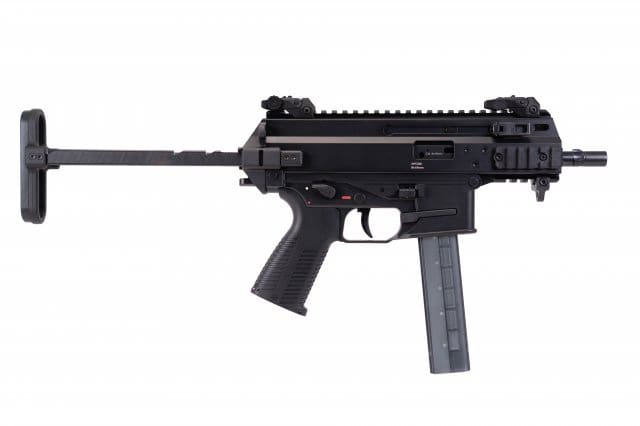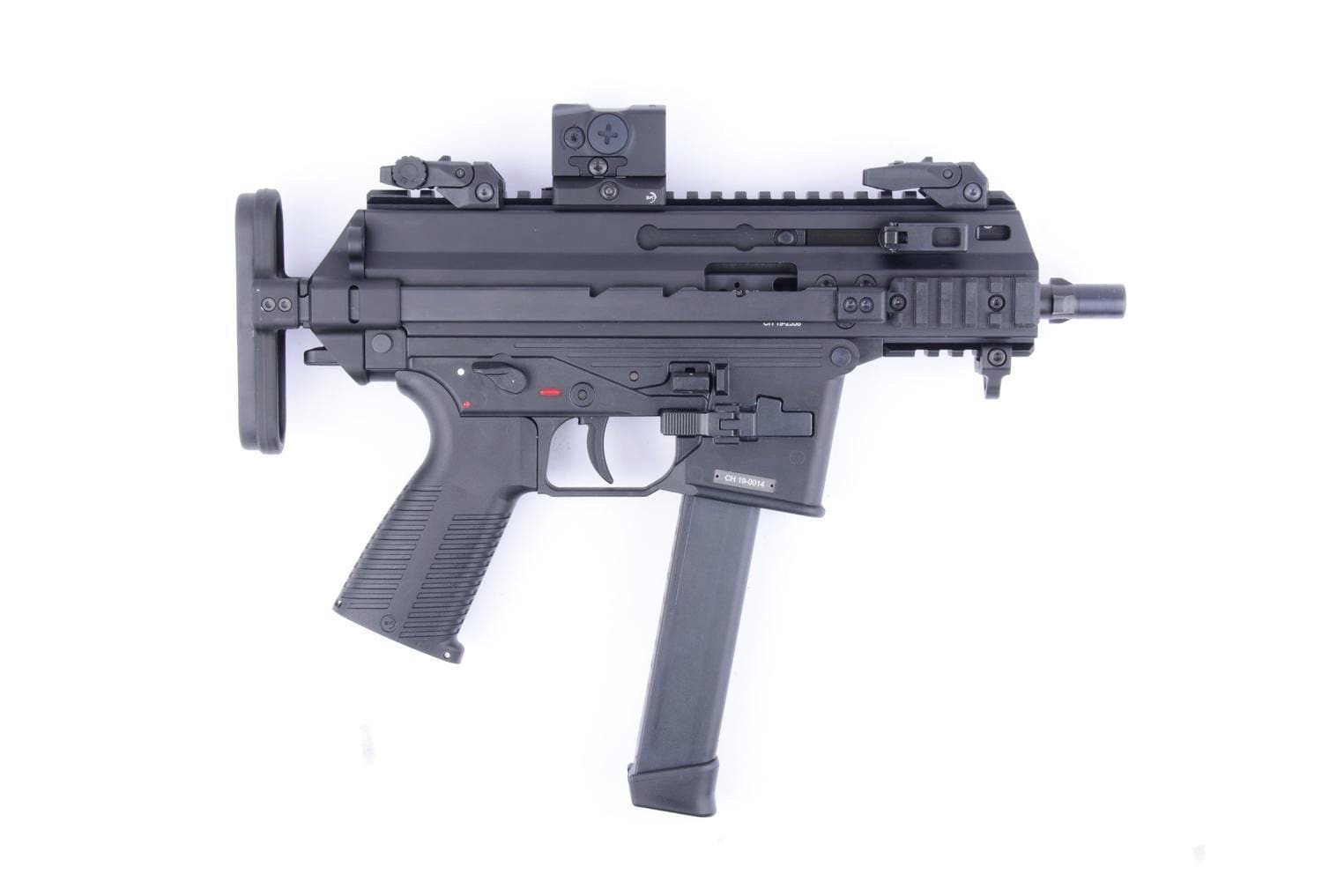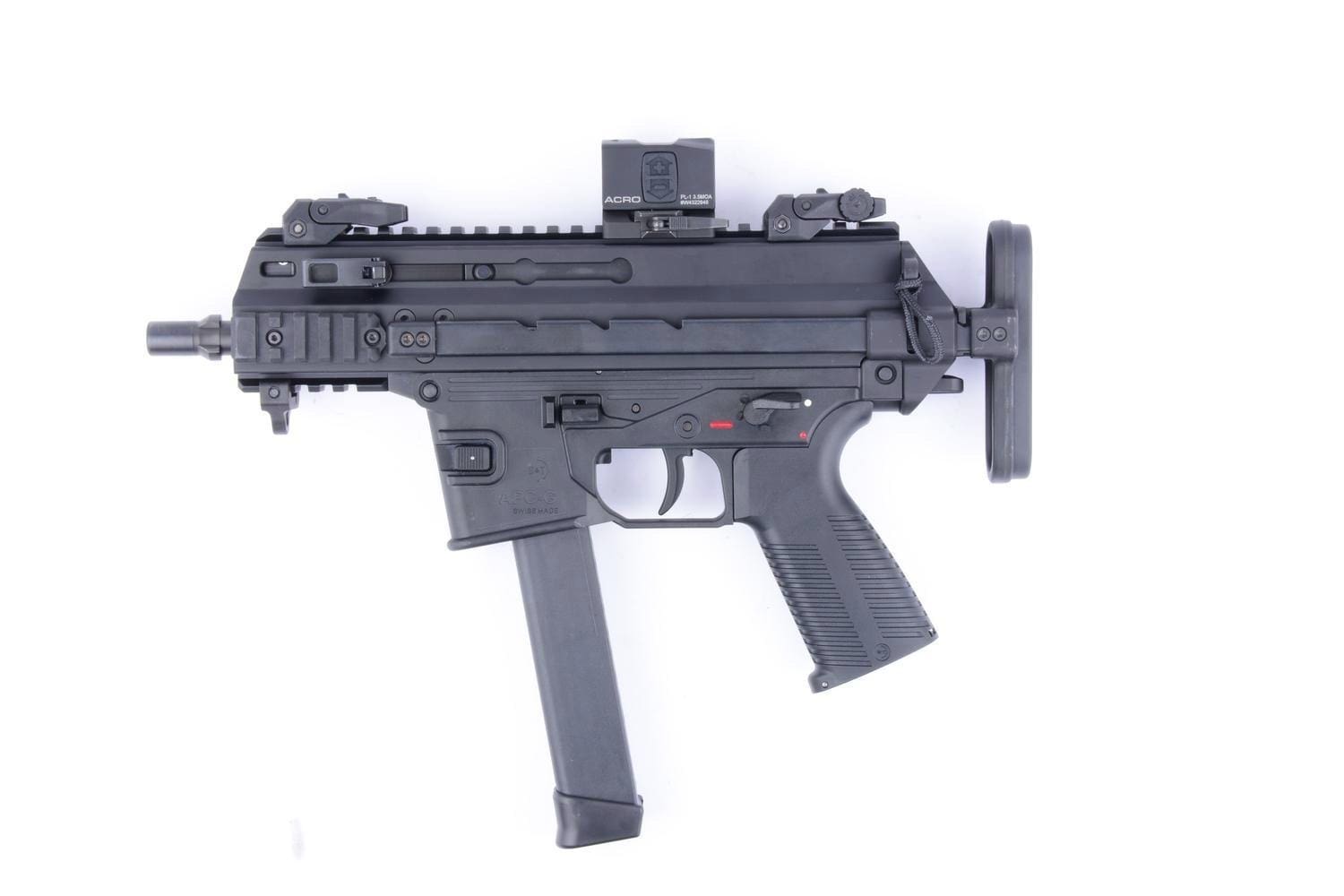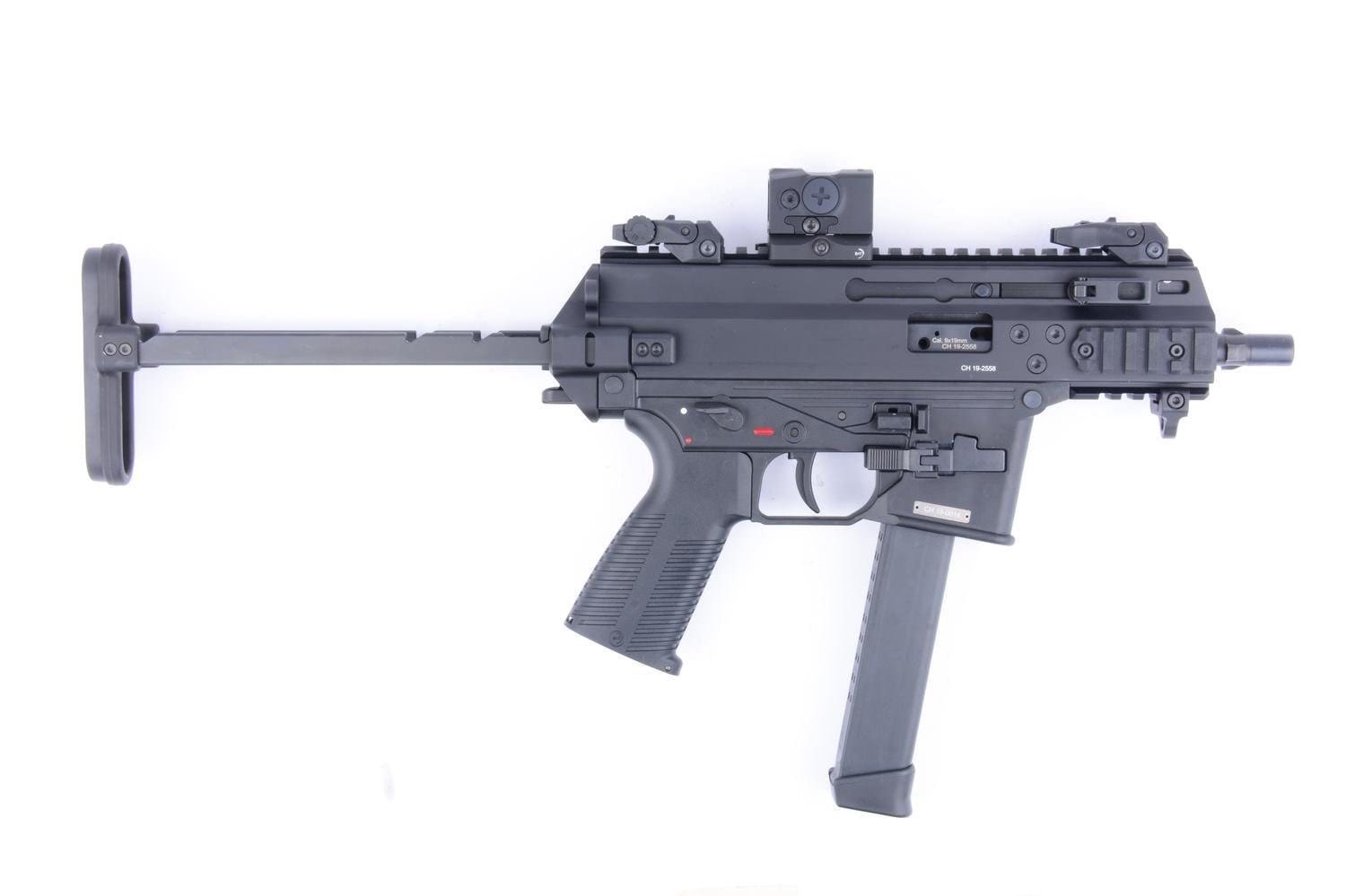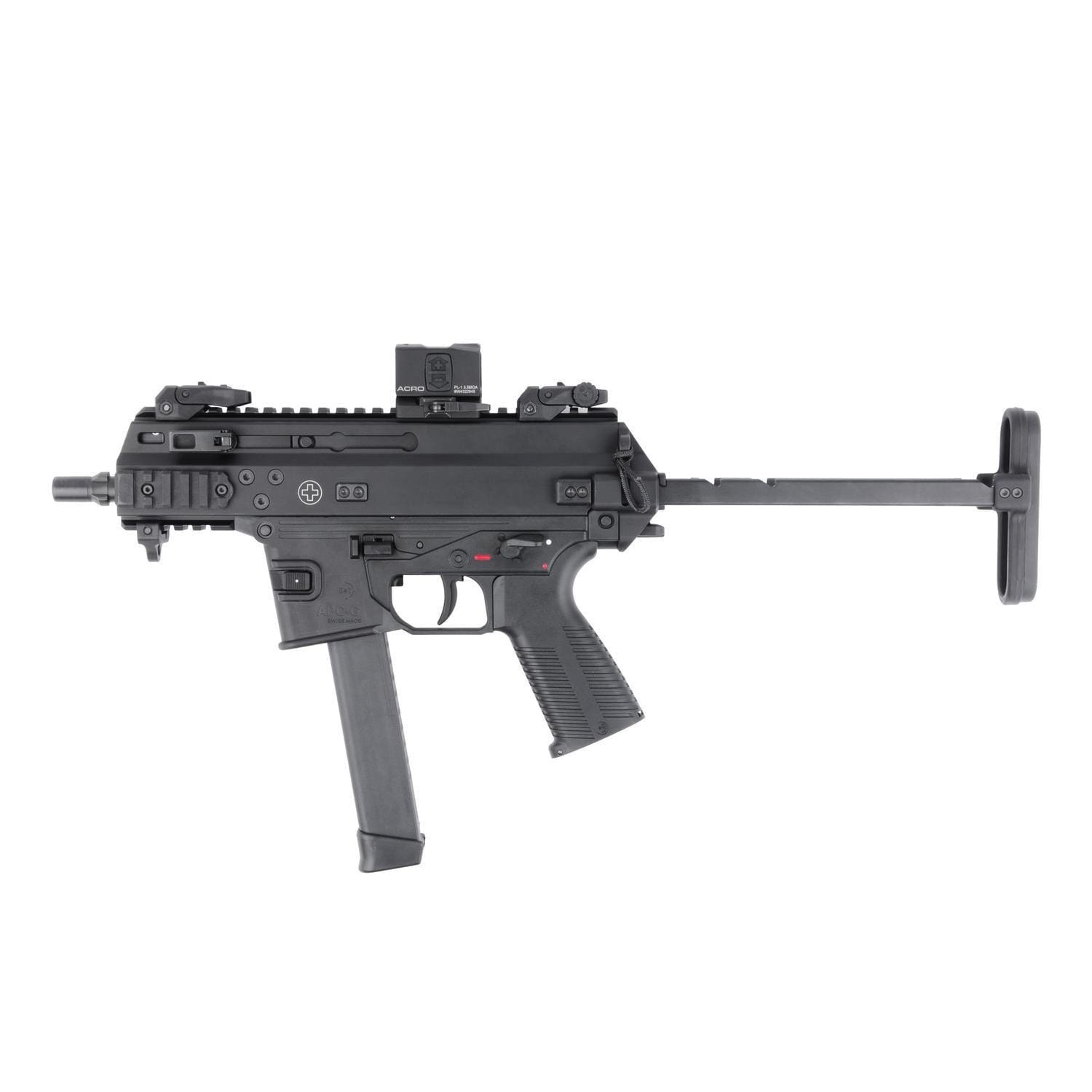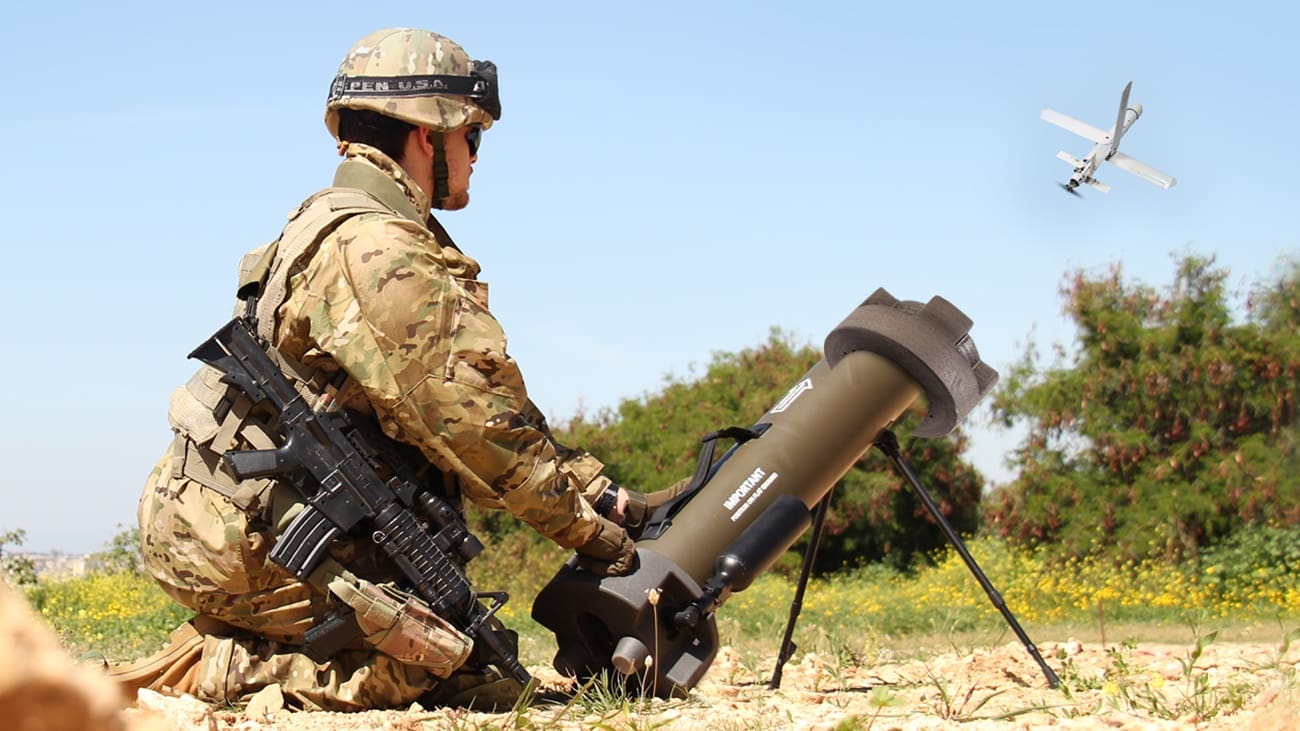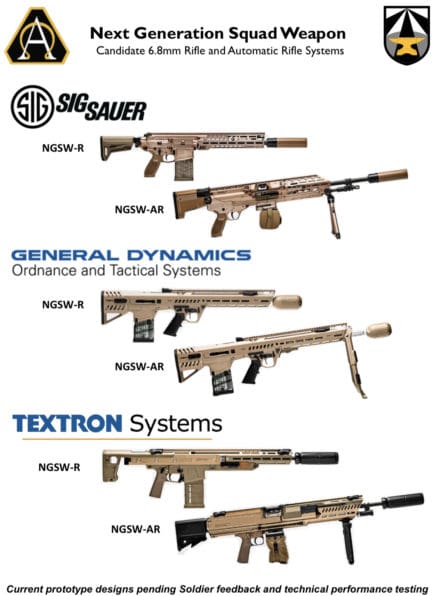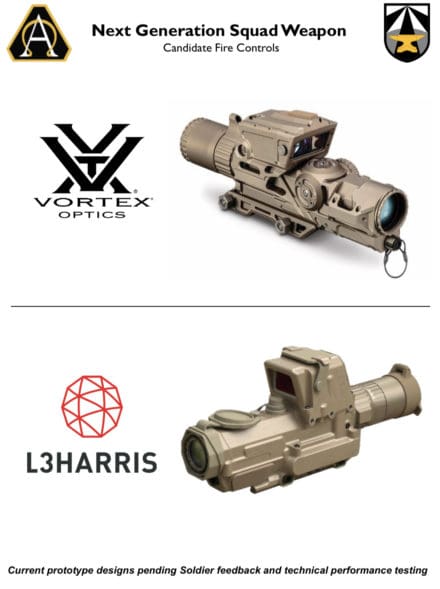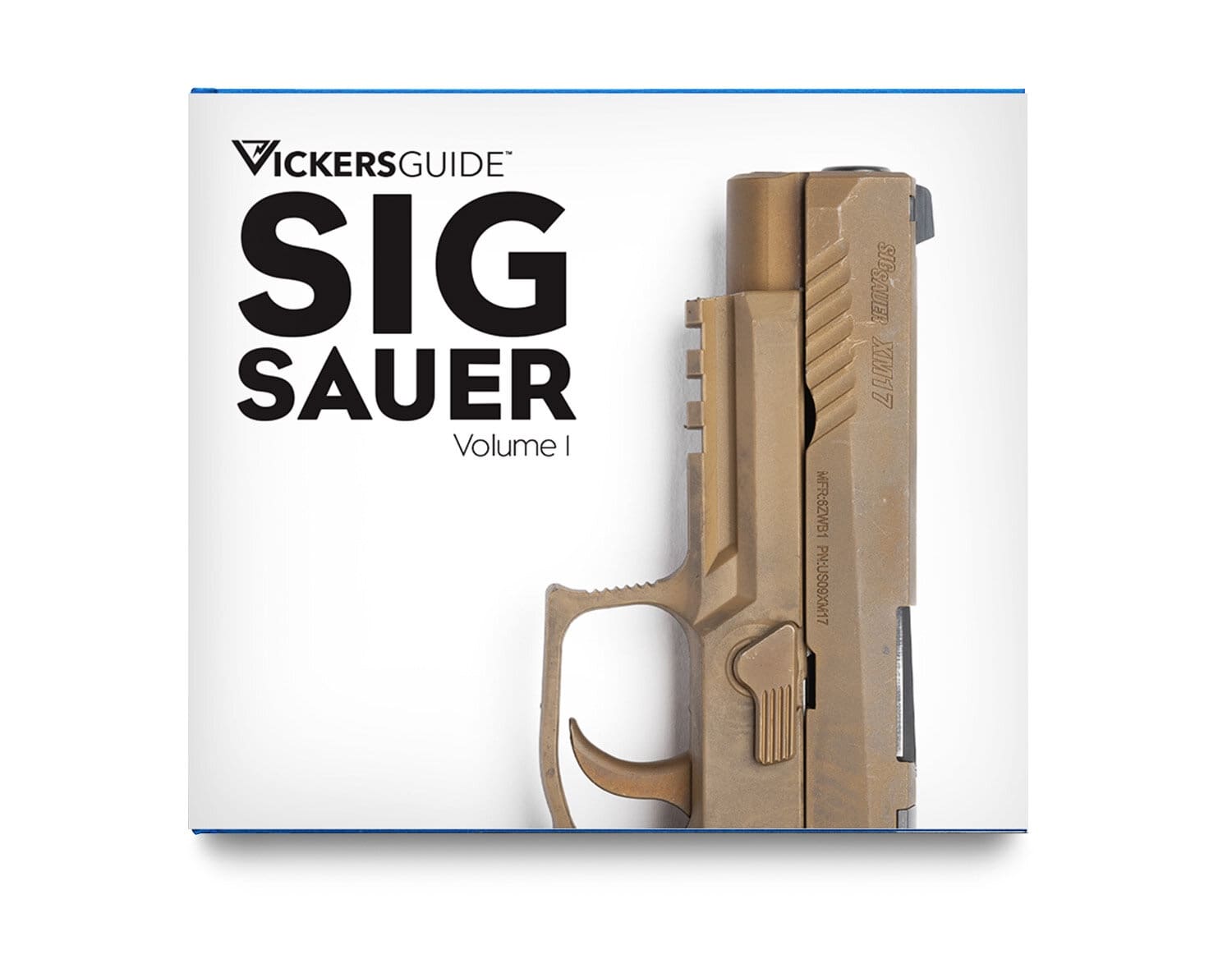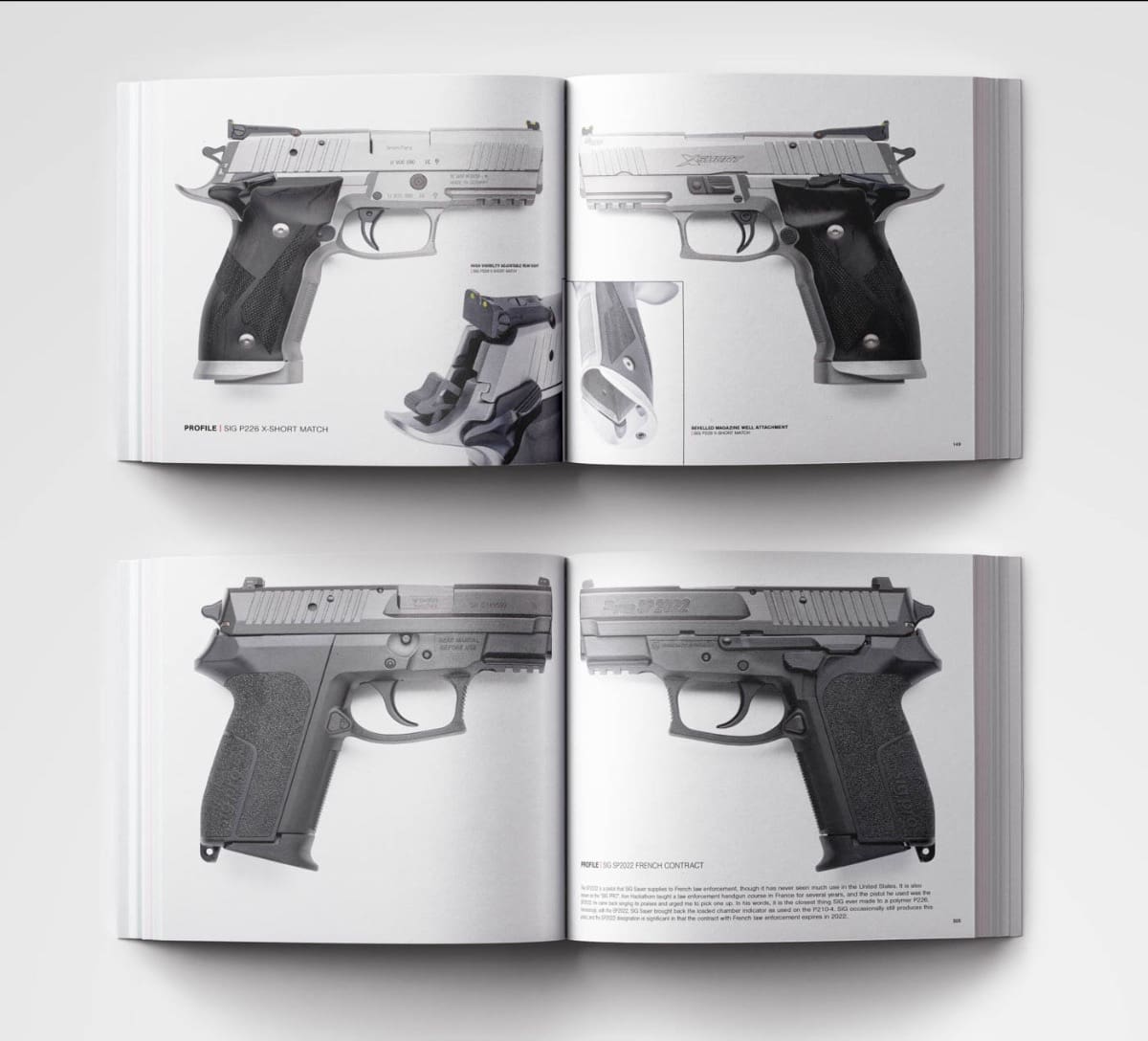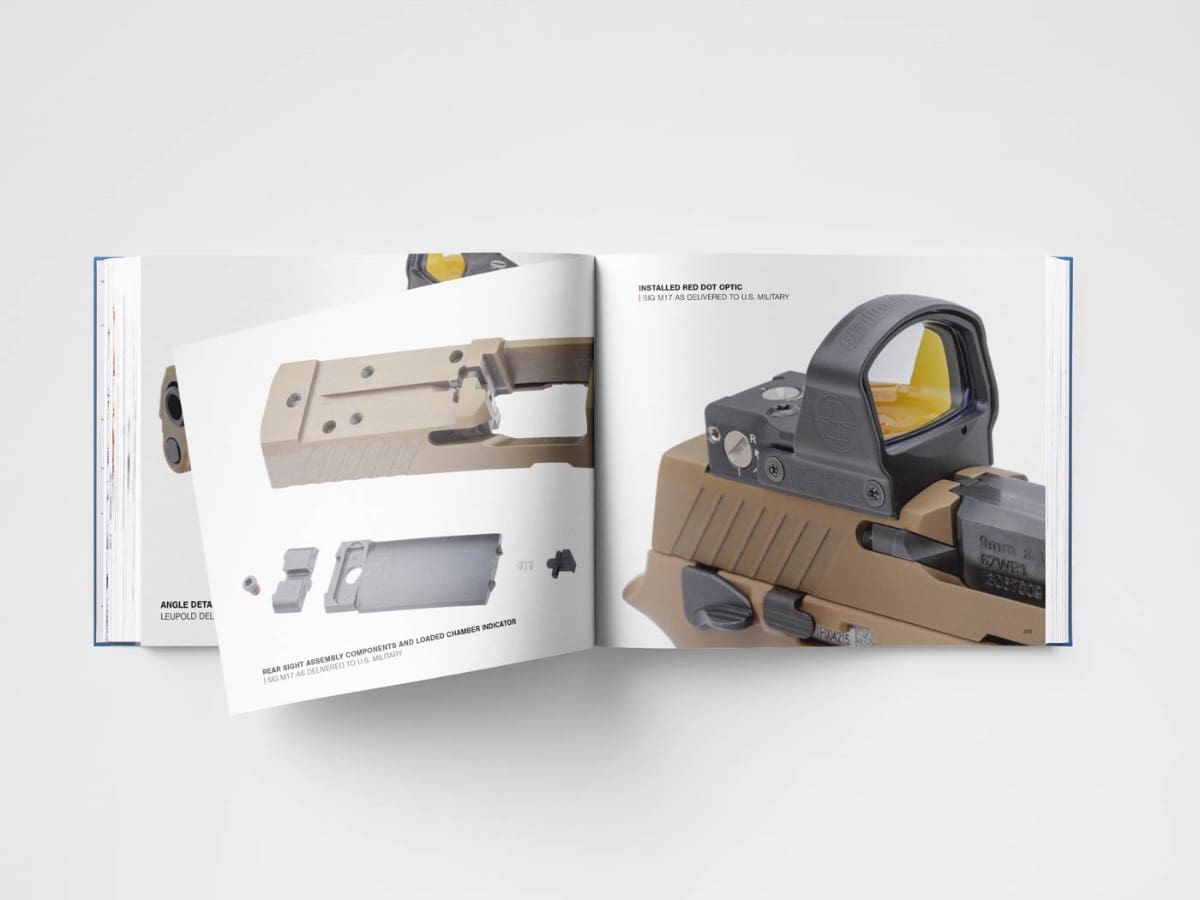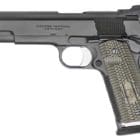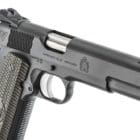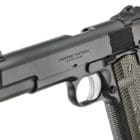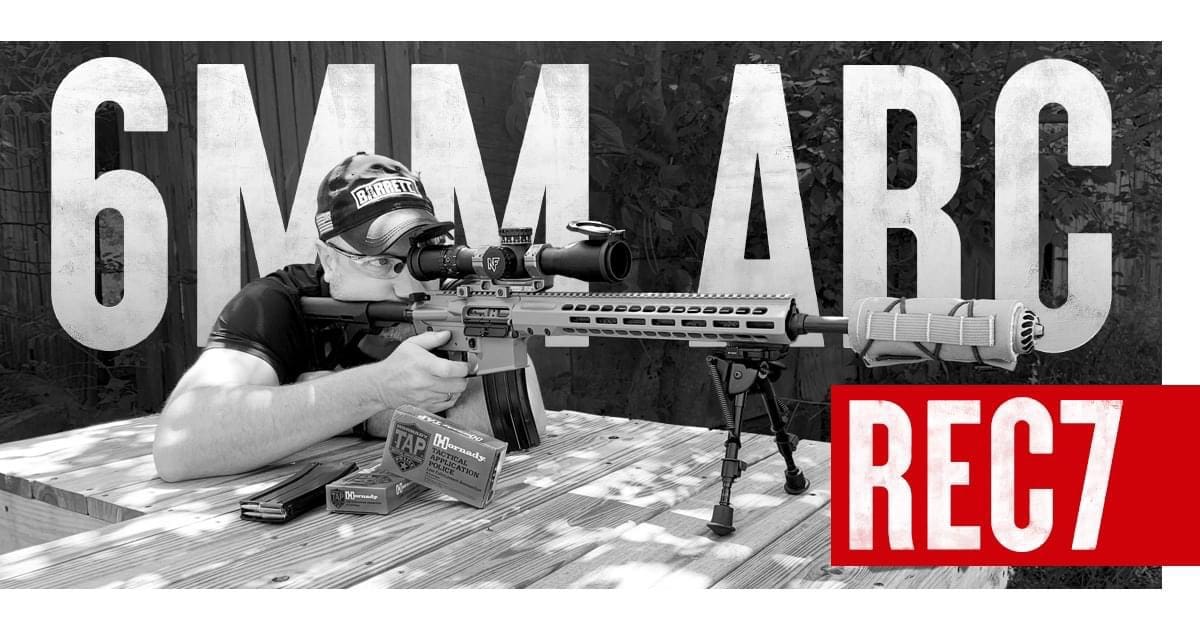WRIGHT-PATTERSON AIR FORCE BASE, Ohio (AFNS) —
Through a partnership with the Air Force Research Laboratory, the Air Force Special Operations Command successfully released simulated palletized munitions in three airdrops at Dugway Proving Ground, Utah, Jan. 28 from an MC-130J Commando II, a multi-mission, combat, transport and special operations tanker.
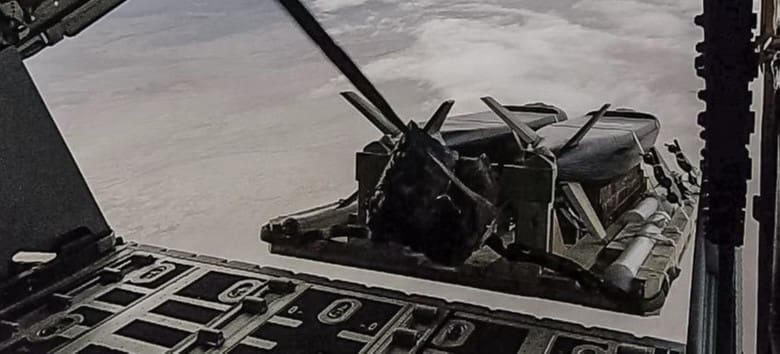
This successful Phase I operational demonstration represents a milestone in executing a palletized munitions airdrop, which refers to the delivery of a large volume of air-launched weapons at any given time.
In this case, munitions stacked upon wooden pallets, or Combat Expendable Platforms, deployed via a roller system. AFSOC used an MC-130J Commando II since its cargo area supported the release of multiple, relatively large munitions.
AFSOC aircrew released five CEPs rigged with six simulated munitions, the same mass as the actual weapons, including four Cargo Launch Expendable Air Vehicles with Extended Range across a spectrum of low and high altitude airdrops. These long-range, high precision weapons destroy moving and non-moving targets.
“In the end, the demonstration accomplished all objectives,” said Jerry Provenza, AFRL CLEAVER program manager. In the three airdrops, all five CEPs separated cleanly from the aircraft, and the munitions separated from the CEPs.
“This successful (demo) is evidence of our commitment to evolve innovative weapons concepts and enhance our partnership with AFSOC to meet the needs of the National Defense Strategy,” said Col. Garry Haase, director of AFRL’s Munitions Directorate. “CLEAVER represents a different approach to launching large numbers of long-range weapons, which will bring a new dynamic to the high-end fight.”
The employment of these weapons directly advances the Air Force palletized munition experimentation effort, an innovative concept in which a multi-engine platform carrying large quantities of network-enabled, semi-autonomous weapons accompanies remotely piloted aircraft and fighter jets in combat missions.
The CLEAVER, while first envisioned by AFRL’s Center for Rapid Innovation, is now led by program managers from AFRL’s Munitions Directorate at Eglin Air Force Base. Dr. Alok Das, AFRL senior scientist and CRI director, leads a rapid reaction team that provides solutions to the warfighter’s highest priority urgent needs.
Das explains that the CRI is “in the business of innovation” by developing non-traditional solutions that address operational challenges. After assembling the subject matter experts and forming a collaborative team, the CRI developed the prototype CLEAVER.
For this Phase I demonstration, an AFSOC 27th Special Operations Wing MC-130J aircraft flew to the range from Hill AFB, accompanied by an Air National Guard 137th SOW MC-12W Liberty chase aircraft flying from Salt Lake City International Airport. This turbo prop plane with intelligence, surveillance and reconnaissance, made real-time observations, capturing photos and video during three airdrops.
In future demonstrations, AFSOC will release CLEAVER glider vehicles, powered vehicles, and full-up vehicles with optional Warhead and terminal guidance. Provenza said AFRL’s Munitions Directorate will provide vehicles and SMEs in Phase II and beyond. He asserts that AFRL is committed to this strategic partnership with AFSOC.
By Whitney Wetsig, Air Force Research Laboratory Public Affairs
